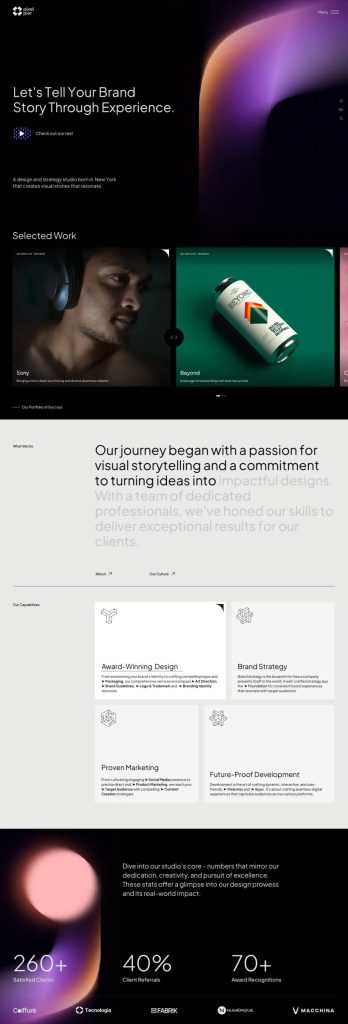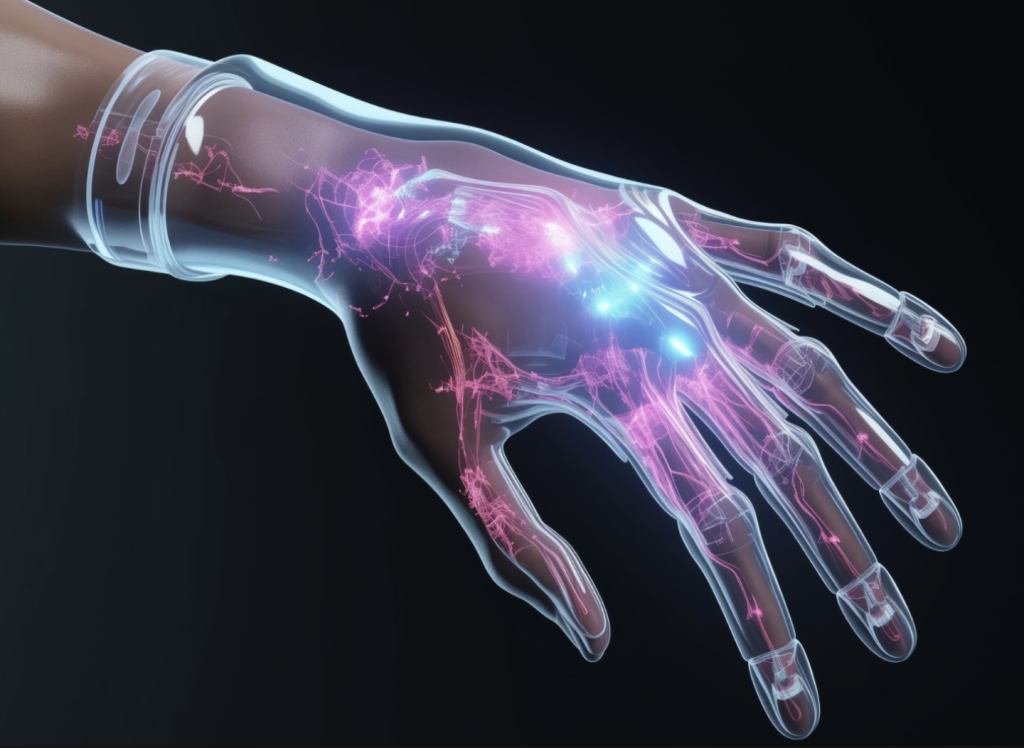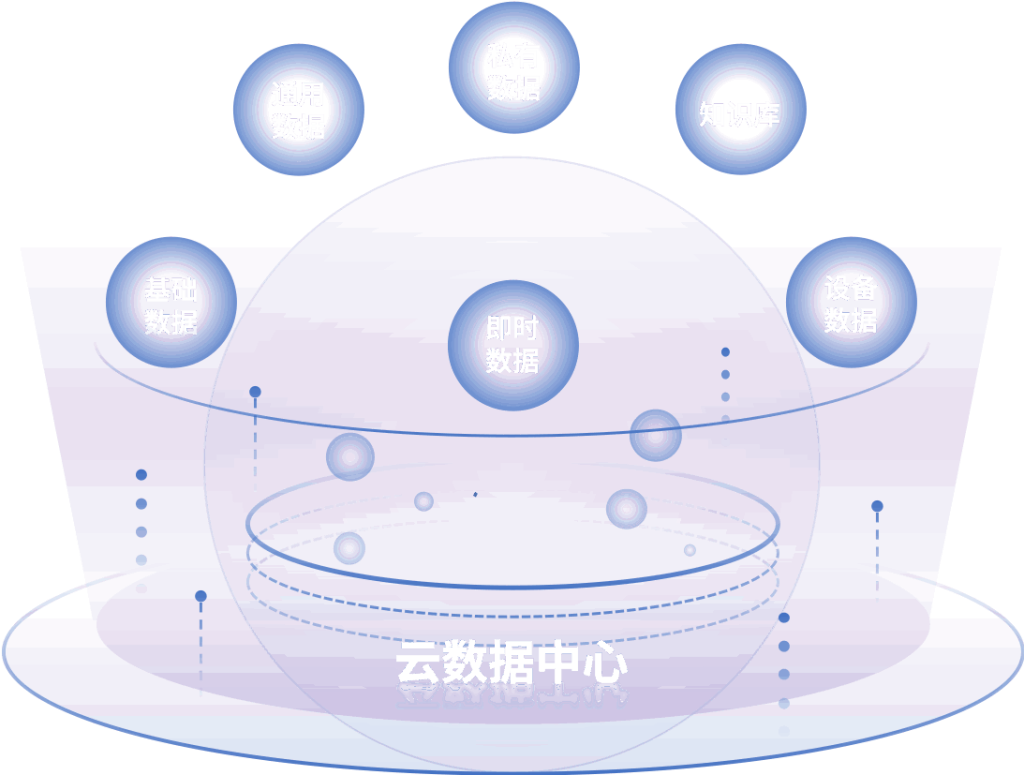As we step into 2024, the evolution of artificial intelligence (AI) becomes more profound and impactful, reshaping various industries and forging new pathways for innovation. Major tech companies continue to announce their advancements, unveiling cutting-edge models and tools designed to improve efficiency, reliability, and accessibility across multiple sectors. This article highlights the latest developments in AI large models, tools and APIs, specialized technologies, and innovative products, with a particular focus on their applications in healthcare, business automation, and education.
## AI Large Models: Google Gemini 1.5 Pro Leads the Charge
2024 has marked a significant milestone in the realm of AI large models with the introduction of **Google Gemini 1.5 Pro**, which showcases unprecedented capabilities designed to enhance user interaction and data processing. Launched in January 2024, this advanced AI model is noted for its **multimodal capabilities**, allowing it to seamlessly process and generate responses for a combination of text, images, and videos. This feature not only expands its usability across various applications but also enhances its contextual understanding, making it more effective in handling nuanced inquiries.
According to Google Cloud AI, the extended context window of **up to 10,000 tokens** in Gemini 1.5 Pro enables it to maintain coherence over lengthy interactions, significantly improving engagement levels. This has positive implications in sectors like **customer support**, where maintaining context during extended conversations is crucial. With its ability to better understand user intent and address it effectively, Gemini 1.5 Pro stands as a pivotal tool in driving customer satisfaction improvements in industries ranging from retail to finance (Google Cloud, 2024).
## Versatile Tools and APIs: Bridging Gaps Across Industries
To complement the advancements in AI large models, tech giants have rolled out new tools and APIs that integrate AI capabilities into existing frameworks. **Data Analytics in Robotics**, for instance, has seen the introduction of AI-driven APIs that allow robots to interpret vast amounts of data from various sensors more intelligently. This newfound capability enables robots to make more informed decisions in real-time applications such as **automated warehouse management** and **supply chain optimization** (Robotics Business Review, 2024).
Moreover, recent developments in **AI dashcams** have also gained significant traction. These high-tech devices utilize AI algorithms to analyze driver behavior, detect hazards, and even provide real-time feedback. An updated version launched by a leading automotive tech company incorporates deep learning for improved accuracy in object detection and accident prediction, which is expected to enhance road safety (Car and Driver, 2024). As industries increasingly deploy these tools, the potential for operational efficiency and safety enhancement cannot be understated.
## Emerging Technologies: Addressing Special Use Cases
With organizations increasingly relying on AI, there is a growing demand for specialized AI technologies that deliver reliable and debiased outcomes. In response, several researchers and companies have focused their efforts on developing more **reliable and debiased large language models (LLMs)**. These innovations take into consideration the inherent biases present in training data sets, addressing a critical concern that has plagued the AI community for years.
One notable effort is from a consortium of academic institutions and tech startups, which unveiled a new framework focused on **Algorithmic Fairness** in LLMs. This framework ensures that AI outputs align more closely with equitable outcomes, improving both transparency and trust. This approach has immediate implications for sensitive applications in **healthcare**, where biased AI recommendations could lead to detrimental outcomes for marginalized populations (Nature, 2024).
## Innovative AI Products: Transforming Business and Beyond
The launch of innovative AI products targeted towards various sectors showcases how organizations are rapidly adapting to the changing landscape. In the **enterprise** domain, tools that analyze employee performance using AI have come to the forefront. These products leverage the multimodal capabilities of LLMs to synthesize data from multiple sources, including project management tools and communication platforms, thus providing actionable insights that drive productivity (Forbes, 2024).
In **cybersecurity**, a noteworthy product is the new AI-driven threat detection system that uses machine learning algorithms to predict potential threats based on historical data patterns. This system not only enhances response times but also learns and strengthens its defense capabilities over time, marking a significant advancement in the pursuit of safeguarding critical infrastructure (CyberScoop, 2024).
The creative industries are also not left behind, with new AI tools introduced for creative expression. An AI-based design tool that understands user intent and context can generate tailored creative assets automatically. This development allows designers to focus more on high-level strategy rather than manual execution, streamlining workflows and boosting creativity in advertising and marketing firms (TechCrunch, 2024).
## Potential Applications and Impacts
The enhanced functionalities of these new AI products and tools have far-reaching implications across various sectors. In **healthcare**, for example, the application of debiased LLMs can improve patient care by ensuring that AI-driven recommendations are equitable and fair. This increased reliability in predictive healthcare tools can significantly enhance treatment outcomes while reducing disparities in care access.
Similarly, in **business automation**, the integrations of AI analytics tools are expected to drive substantial efficiency gains. By automating routine tasks and providing data-driven insights, businesses can allocate resources more effectively and create a positive feedback loop of productivity gains and profitability (McKinsey & Company, 2024).
Finally, in **education**, the adoption of advanced AI tools can foster personalized learning experiences. AI-dashcam-like applications that track student engagement and behavior can help educators tailor their teaching strategies to meet diverse learning needs, improving overall educational outcomes (EdTech Magazine, 2024).
## Conclusion
As we navigate through 2024, the advancements in artificial intelligence are not only reshaping the technological landscape but also enhancing the way companies and individuals interact with the world around them. From AI large models like **Google Gemini 1.5 Pro** to specialized debiased LLMs and innovative products across enterprise and cybersecurity, the ongoing evolution of AI promises to drive significant outcomes in various sectors. Organizations that harness these tools and technologies stand to not only improve internal efficiencies but also deliver better services and experiences to their customers and stakeholders.
As we witness the unfolding of these remarkable advancements, it is clear that the future of AI is bright, bringing with it unparalleled opportunities for innovation and growth, while also addressing challenges that have long been a concern in the community.
**Sources:**
– Google Cloud AI. “Introducing Gemini 1.5 Pro: The Next Generation of AI Models.” January 2024.
– Robotics Business Review. “Data Analytics in Robotics: Revolutionizing Decision-Making.” January 2024.
– Car and Driver. “AI Dashcams: The Future of Road Safety.” February 2024.
– Nature. “Algorithmic Fairness and LLMs: A New Framework.” March 2024.
– Forbes. “AI in the Enterprise: Leveraging Performance Analytics.” February 2024.
– CyberScoop. “The Future of Cybersecurity: AI-Driven Threat Detection.” March 2024.
– TechCrunch. “AI Tools for Creative Industries: A Game Changer.” April 2024.
– McKinsey & Company. “The Efficiency Gains of Business Automation.” February 2024.
– EdTech Magazine. “Personalized Learning Through AI: A New Frontier.” March 2024.






















